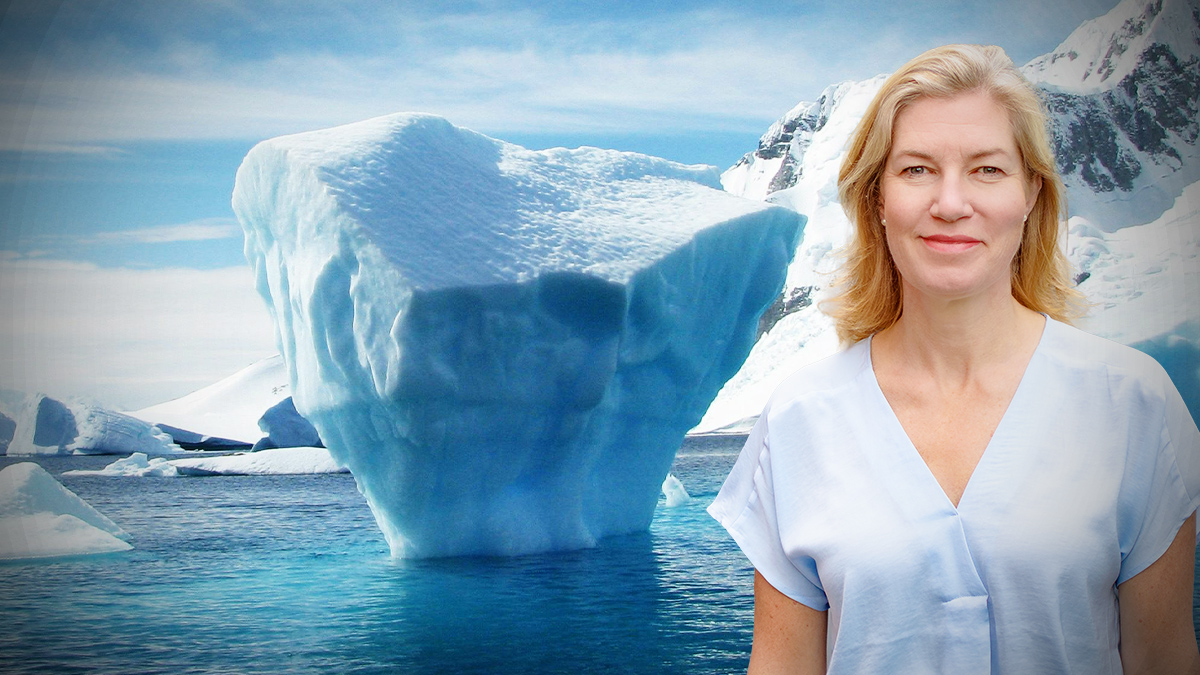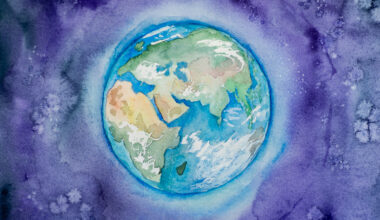At a glance
Toxic chemicals:
– Contribute to a range of human diseases
– Rival climate change as a cause of deaths
– Cause chronic diseases that impose huge societal burdens
– Are a major driver of biodiversity loss
– Have increased 100-fold since 1950 and are set to triple again
– Threaten to cause tipping points
– Have crossed a planetary boundary in terms of our ability to control them.
Last year I received a personal invite from Sweden’s chemicals industry to stay in a new hotel, the Nokem.
They called it the Nokem hotel because it contained no industrial chemicals. And here’s the joke: it was just some cold, empty caves, free from any modern comforts or conveniences.
Oh dear, how I laughed! Not.
This publicity stunt aimed to show that the world relies on chemicals. But it also made fun of organisations such as ChemSec, which industry routinely accuses of sensationalising the threats they pose.
So I was struck by a headline in the Guardian last month: Chemical pollution a threat comparable to climate change, scientists warn. More NGO hype?
No. The article is based on thorough and original research by climate scientists. They conclude: “Toxicity appears to be a threat to the thriving of humans and nature of a similar order as climate change.”
A few days later, an academic review of global chemical pollution confirmed that society is moving “in exactly the same direction as in the climate crisis”.
The Guardian article has been read 290,000 times. (That’s a lot.) Clearly, this issue touches a nerve.
Health and economic impacts
Toxic chemicals contribute to a range of human diseases, including cancer, obesity, Alzheimer’s, pregnancy issues, ADHD, fertility problems, heart conditions, and respiratory ailments. Just to mention a few.
They are responsible for around a million deaths each year globally, according to the 2022 Lancet Commission on Pollution and Health. This figure “would undoubtedly be larger”, however, if all pathways for chemicals in the environment could be analysed. There are no reliable data on developmental toxicity, reproductive toxicity, immunotoxicity, the effects of long-term low-level exposures, or the health risks of chemical mixtures.
This estimate already puts toxic chemicals in the same ballpark as climate change in terms of deaths. As with climate change, however, toxicity creates a host of other burdens on society.
These disasters are less obvious than hurricanes, floods or heatwaves. But no less real.
These include the multi-billion dollar health care costs of chronic diseases caused directly by chemicals, or indirectly by their impact on the human immune and endocrine systems. Then there is the substantial economic impact of lower intelligence caused by developmental and neurotoxic effects, reduced reproductive capacity, and premature deaths – not to mention the huge expense of environmental cleanups.
These disasters are less obvious than hurricanes, floods or heatwaves. For this reason, the Lancet calls chemical pollution “the silent threat”. But they are no less real, and no less substantial, than climate change.
Just one example. Phthalates – those hard-to-pronounce plastic softeners – cause one in seven of all cardiovascular deaths among individuals aged 55–64 globally. That’s quite a lot for a single group of chemicals. The economic costs to the USA of disability and disease from phthalates alone are around $67 billion per year. (Continues below…)
Featured news

Terrible twins: Why climate and chemicals are two sides of one crisis
Damage to the environment
Serious ecological changes accompany these human health trends.
Chemicals tend to fly under the radar, but they are one of the main drivers of biodiversity loss. Chemical pollution ranks as the third most important cause after habitat destruction and climate change.
The total population of wild animals has decreased by 70% since 1970. Potentially disastrous for agriculture, 40% of insect species are now threatened by extinction.
These threats to humans and the ecology often have many causes. While toxicity is rarely the only one, it is often a major contributor.
Chemicals vs. climate
Many groups of chemicals threaten to cause tipping points, just like climate change. In other words, a “cliff-edge” dynamic beyond which the situation changes radically – for example, most couples needing assisted reproduction, or most farms not having enough pollinators.
We could imagine a crisis in which large numbers of people experience chronic health conditions from an earlier age, fewer babies are born, and food chains collapse. A perfect storm – just like the threat posed by climate change.
You can look at this in terms of “planetary boundaries”, thresholds beyond which we risk triggering abrupt environmental change that is difficult to reverse.
The number of commercial chemicals has increased fifty-fold since the 1950s to around 350,000. Production has increased from 5 million tonnes per year in 1950 to approximately 450 million today – the same as 130,000 Olympic swimming pools every year! And it’s projected to triple again by 2050.
This enormous quantity has overwhelmed our ability to cope. Production and emissions are increasing at a pace that outstrips global capacity for safety assessment and monitoring. A planetary boundary has been breached.
Back to the Stone Age?
The crisis of chemical pollution has reached a point where the amount of toxic chemicals in circulation already exceeds what our planet can handle.
We are moving in the same direction as with the climate crisis – namely, towards a tipping point beyond which nature and humanity will struggle to cope. It should also be noted that industrial chemicals also contribute significantly to climate change.
As with the climate, we can stop this from happening. Remember the hole in the ozone layer? That particular climate crisis was caused by chemicals and fixed by regulatory action.
Solving the chemicals crisis does not mean going back to the Stone Age and hotels that look like caves. But it does demand regulation and restrictions on production and use.

Anne-Sofie Bäckar
Executive Director at ChemSec





